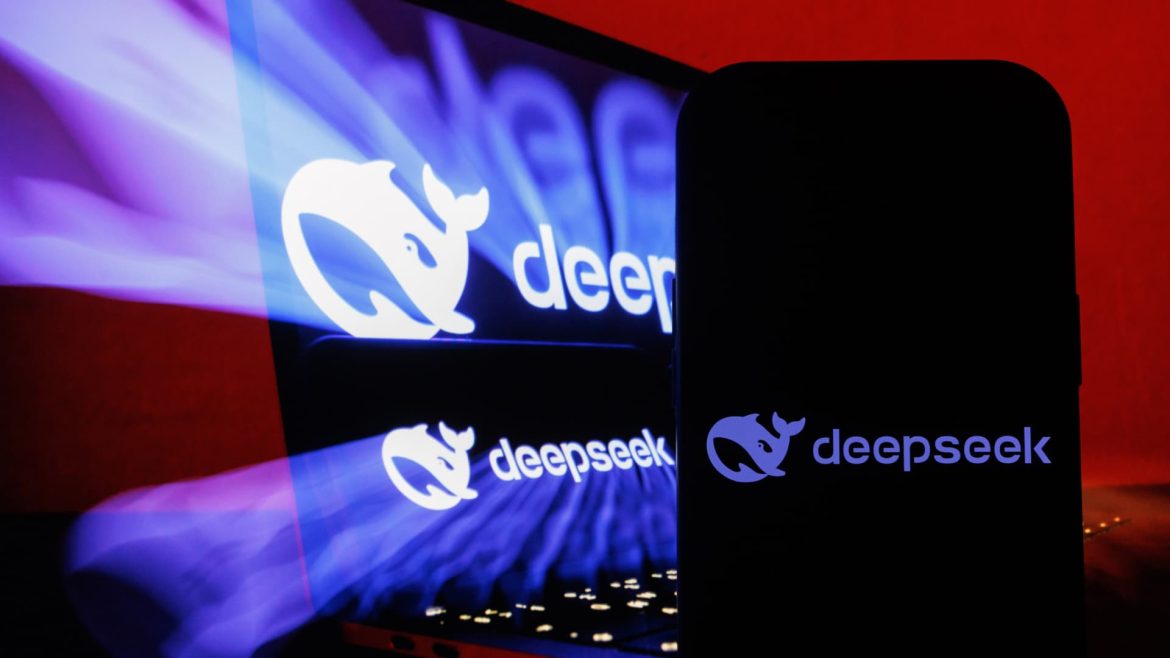DeepSeek: China’s Rapid Rise in AI Reasoning Models and Its Impact on Global Competition
Introduction
In the swiftly evolving landscape of artificial intelligence, the emergence of new players can redefine competitive dynamics. DeepSeek, a Chinese AI startup, has captured global attention by rapidly developing and releasing advanced AI reasoning models that compete head-to-head with Western giants such as OpenAI and Google. This report examines DeepSeek’s technological advancements, strategic approaches, cost efficiencies, and the broader implications for the global AI ecosystem, particularly the U.S.-China AI race.
A New Challenger Emerges: Who is DeepSeek?
DeepSeek is a relatively young company that has, within a remarkably short timeframe, established itself as a formidable contender in the AI space. Originating in China, DeepSeek gained prominence early in 2025 following the release of its R1 reasoning model. This model stood out due to its performance, which, according to assessments, outperformed or matched offerings from major players including OpenAI’s o1 series and Google’s Gemini, but at a fraction of the cost.
The company’s CEO, Liang Wenfeng, and his technical team have emphasized their innovative use of available hardware, training models with approximately 2,000 secondary Nvidia chips rather than expensive, state-of-the-art processors, circumventing some of the constraints imposed by international chip export controls. This resourcefulness has played a crucial role in enabling DeepSeek to develop competitive AI systems quickly and cost-effectively.
Technological Milestones: The R1 Model and Its Upgrades
DeepSeek initially launched its V3 model in December 2024, followed by the R1 model in January 2025. Since then, it has quietly released an updated version named R1-0528 that includes 685 billion parameters—one of the largest open-source reasoning models available. This update focuses on enhancing reasoning capabilities and output quality, reportedly bringing DeepSeek to feature-parity or even outperformance in some benchmarks compared to Western AI models.
A notable innovation is DeepSeek’s introduction of smaller versions of the R1 model that can run locally on consumer laptops while outperforming certain OpenAI models like the o1-mini on specific reasoning tasks. Open sourcing these models has fostered wider accessibility and adoption, a contrast with the proprietary approaches followed by many Western AI companies.
Rapid Development and Cost Efficiency
One of the most striking aspects of DeepSeek’s journey is the pace and cost of development. The R1 family of models was reportedly developed within just two months, with a budget of approximately $5.6 million—exponentially lower than the billion-dollar investments typically associated with OpenAI or Anthropic projects. Despite these financial and temporal constraints, DeepSeek has produced AI models capable of competing at the highest levels.
Their strategy combines optimization of existing hardware, open-source collaboration, and a laser focus on reasoning tasks rather than broad multi-domain abilities, enabling rapid iteration cycles and hands-on improvements. This lean approach suggests a paradigm shift in how AI models can be developed and deployed, challenging the notion that only ultra-expensive and resource-heavy projects can produce cutting-edge AI.
Global and Market Impact
DeepSeek’s advancements have caused ripples across both technology markets and geopolitical considerations. According to reports, announcements around DeepSeek’s achievements triggered sell-offs affecting the shares of chipmakers like Nvidia and ASML, reflecting investor concerns over the impact of China’s growing AI capabilities on U.S. and European firms.
Media coverage in outlets such as Bloomberg, Reuters, and prominent technology review platforms highlights the sensation caused by DeepSeek’s model performance and cost-effectiveness. Industry leaders acknowledge that DeepSeek’s success signals China cannot be discounted in the global AI race—a sentiment echoed at international AI summits.
Moreover, DeepSeek’s progress illustrates the limitations of export control strategies aimed at constraining China’s AI development by restricting access to advanced semiconductors. By mastering efficient utilization of older chip technologies and open ingenuity, DeepSeek demonstrates alternative pathways to AI advancement that sidestep some traditional barriers.
Broader Implications for the AI Industry
The ascent of DeepSeek underscores several key themes in the evolving AI landscape:
Conclusion: Setting New Benchmarks and Shaping the Future of AI Competition
DeepSeek exemplifies how nimbleness, innovation, and strategic resourcefulness can propel a new AI player from obscurity to global relevance in under two years. Its upgraded R1 reasoning model, competitive with the best in the world, offers a compelling vision of AI development outside traditional tech capitals and heavyweight monopolies.
The broader AI ecosystem stands at a crossroads: will these cost-effective, open-source approaches proliferate to democratize AI innovation globally, or will dominant players consolidate power through scale and proprietary advantage? DeepSeek’s journey signals both opportunities and challenges ahead, stimulating vigorous competition that promises accelerated advancements in AI capabilities.
China’s growing role through entities like DeepSeek is reshaping how the world views AI technology leadership and competition. As DeepSeek refines its models and expands its reach, industry watchers and policymakers will need to adapt strategies accordingly—balancing innovation encouragement with responsible governance in this fast-moving arena.





